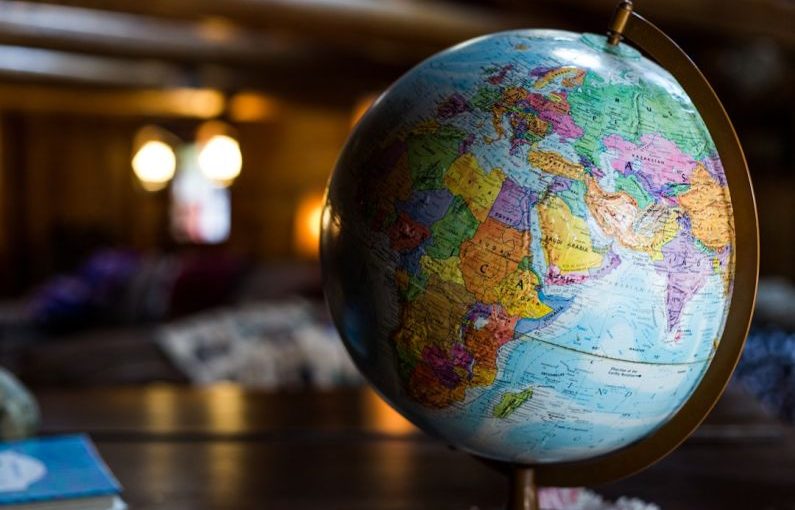Silk, spices, and ceramics are often thought of as the primary trade items along the ancient Silk Road. However, one lesser-known commodity played a significant role in shaping the global trade network – sugar. This sweet substance not only revolutionized culinary traditions but also influenced economies and societies across continents. From its origins in Asia to its spread to the Middle East, Europe, and eventually the Americas, the journey of sugar along the Silk Road is a fascinating tale of cultural exchange, economic growth, and human innovation.
The Origins of Sugar: A Sweet Beginning
Sugar’s story begins in ancient India and China, where sugarcane was first cultivated around 8000 BCE. Initially used for medicinal purposes, the cultivation of sugarcane spread to other parts of Asia, including Persia and the Arab world. By the 8th century CE, sugar had become a prized commodity in the Middle East, where it was used to sweeten foods and beverages, as well as in the production of perfumes and medicines.
The Silk Road Connection: Sugar’s Journey West
As trade routes expanded along the Silk Road, so did the demand for sugar. Arab merchants played a crucial role in the spread of sugarcane cultivation and sugar production techniques to regions such as North Africa and Spain. The introduction of sugar to Europe during the Crusades marked the beginning of a new era of culinary experimentation and innovation. Sugar quickly became a symbol of wealth and status, with European nobility using it to sweeten their foods and drinks.
The Impact of Sugar on Global Trade
The widespread cultivation and trade of sugar had far-reaching consequences for the global economy. Plantations were established in the Caribbean and the Americas, where enslaved Africans were forced to work in brutal conditions to meet the growing demand for sugar in Europe. This dark chapter in history, known as the “Triangular Trade,” saw the forced migration of millions of Africans and the exploitation of indigenous peoples for the profit of European colonial powers.
Cultural Exchange and Innovation
Despite its dark history, sugar also facilitated cultural exchange and innovation along the Silk Road. The introduction of sugar to Europe led to the development of new culinary techniques, such as confectionery and pastry-making. Sugar also played a role in the creation of new drinks, including tea and coffee, which became popular in Europe and beyond. The fusion of Eastern and Western culinary traditions gave rise to new flavors and dishes that continue to influence global cuisine today.
The Modern Legacy of Sugar
Today, sugar remains a staple in diets around the world, with global consumption reaching unprecedented levels. However, concerns about the health implications of excessive sugar consumption have led to a growing movement towards alternative sweeteners and healthier eating habits. The legacy of sugar along the Silk Road is a complex tapestry of cultural exchange, economic exploitation, and culinary innovation that continues to shape our world today.
Reimagining the Silk Road: A Sweet Future
As we look to the future, it is essential to reflect on the legacy of sugar along the Silk Road and consider how we can build a more sustainable and equitable global trade network. By promoting fair trade practices, supporting small-scale farmers, and advocating for responsible consumption, we can ensure that the sweet pathway of sugar leads to a brighter and more inclusive future for all. The Silk Road may have been a historical trade route, but its impact on our world is as relevant today as it was centuries ago.





